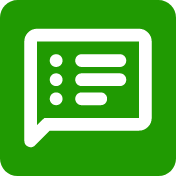The Vocabulary One-Pager is a visual teaching tool for building vocabulary. It allows students to create their own definitions by combining symbols, pictures, and phrases. This strategy can be used before, during, or after reading to help students understand and remember new words. It engages both visual and verbal learning processes, fostering stronger connections and improving word retention.






